

Choosing the right screw for sheetrock is crucial for a successful and long-lasting drywall installation. This guide covers everything you need to know, from different types of screws and their applications to best practices for installation, ensuring your walls stay secure and professional-looking. This information is brought to you by Hebei Muyi Import&Export Trading Co.,Ltd, your trusted partner for quality fasteners.Understanding Sheetrock ScrewsWhat are Sheetrock Screws?Sheetrock screws, also known as drywall screws, are specifically designed for attaching gypsum board (sheetrock) to wood or metal studs. They have a sharp point for easy penetration and a bugle head that allows the screw to be countersunk without tearing the paper facing of the drywall. This prevents the screw head from protruding and creating an uneven surface.Types of Sheetrock ScrewsThere are primarily two types of screws for sheetrock, categorized by the material they are designed to penetrate: Wood Screws: Designed for attaching sheetrock to wood studs. These screws typically have coarser threads for better grip in wood. Metal Screws: Designed for attaching sheetrock to metal studs. These screws have finer threads and a sharper point for penetrating metal. Self-drilling metal screws can even drill their own pilot holes.Furthermore, screws for sheetrock can be categorized based on their coating: Phosphate-coated Screws: The most common type, offering good corrosion resistance for interior applications. They are typically black or gray. Zinc-coated Screws: Provide better corrosion resistance than phosphate-coated screws, suitable for areas with higher humidity. They are silver in color. Ceramic-coated Screws: Offer superior corrosion resistance, ideal for damp environments or areas prone to moisture.Choosing the Right Screw for Your ProjectFactors to ConsiderSelecting the appropriate screw for sheetrock depends on several factors: Stud Material: Are you attaching the sheetrock to wood or metal studs? Drywall Thickness: Standard drywall is ? inch thick, but other thicknesses are available. Choose a screw length that will penetrate the stud sufficiently without protruding on the other side. Environment: Is the area prone to moisture? If so, consider a corrosion-resistant coating.Recommended Screw LengthsHere's a general guideline for choosing screw lengths based on drywall thickness and stud material. Remember to consult local building codes for specific requirements. Drywall Thickness Wood Studs Metal Studs 1/2 Inch 1 1/4 Inch 1 Inch 5/8 Inch 1 5/8 Inch 1 1/4 Inch Proper Installation TechniquesTools and MaterialsBefore you start, gather the necessary tools and materials: Screw gun or drill with screw gun attachment: A screw gun provides the proper depth control to avoid overdriving the screws. Drywall screws: Choose the correct type and length for your project. Measuring tape: For accurate screw placement. Pencil: For marking stud locations. Safety glasses: To protect your eyes from debris.Step-by-Step Installation Mark Stud Locations: Use a stud finder to locate the studs and mark their position on the drywall. Position the Drywall: Hold the drywall sheet in place against the studs. Drive the Screws: Use the screw gun to drive the screws into the drywall and studs. Space the screws approximately 12 inches apart on the field of the sheet and 8 inches apart around the edges. The Hebei Muyi Import&Export Trading Co.,Ltd website offers a wide variety of high-quality drywall screws perfect for your project. Countersink Properly: The screw head should be slightly below the surface of the drywall, without tearing the paper facing. If you are using a drill, be extra careful not to overdrive the screw. Inspect Your Work: Check that all screws are properly countersunk and that the drywall is securely attached to the studs.Common Mistakes to AvoidOverdriving ScrewsOverdriving screws can damage the drywall and weaken the connection. This creates a 'mushroom' effect around the screw head, making it difficult to conceal with joint compound. Use a screw gun with depth control to prevent this.Underdriving ScrewsUnderdriving screws leaves the screw head protruding, creating an uneven surface. Drive the screws until the head is slightly below the surface of the drywall.Using the Wrong Type of ScrewUsing wood screws for metal studs (or vice-versa) will result in a weak connection. Always use the correct type of screw for sheetrock based on the stud material.TroubleshootingScrews Stripping in WoodIf the screws are stripping in the wood, try using a slightly longer screw or a screw with coarser threads. You can also pre-drill a pilot hole, but be careful not to make it too large.Screws Stripping in MetalIf the screws are stripping in metal, try using a self-drilling screw or a screw with a sharper point. Make sure you are using the correct type of screw for metal studs.ConclusionChoosing the right screw for sheetrock and using proper installation techniques are essential for a successful drywall project. By understanding the different types of screws, considering the factors that affect your choice, and avoiding common mistakes, you can ensure your walls are securely attached and look professional. Contact Hebei Muyi Import&Export Trading Co.,Ltd for all your fastener needs. We offer a wide selection of high-quality drywall screws at competitive prices.


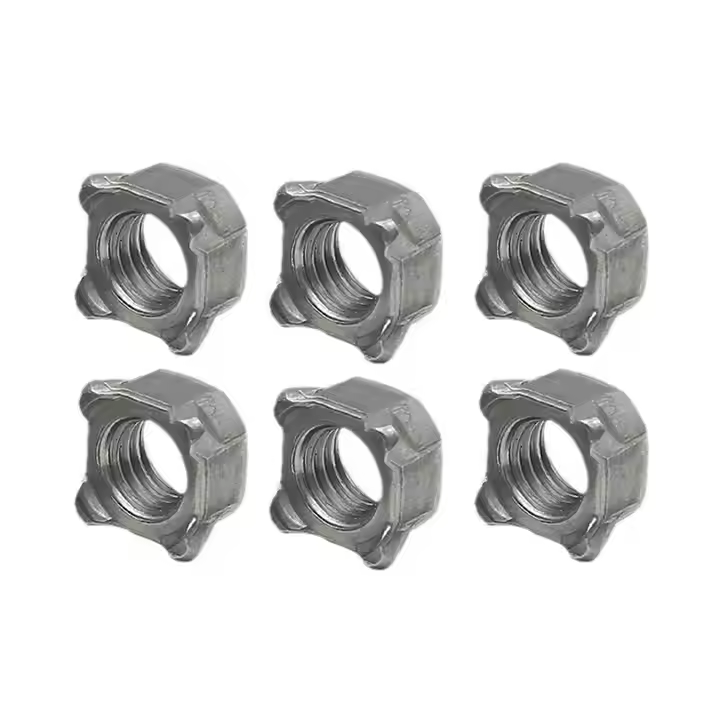
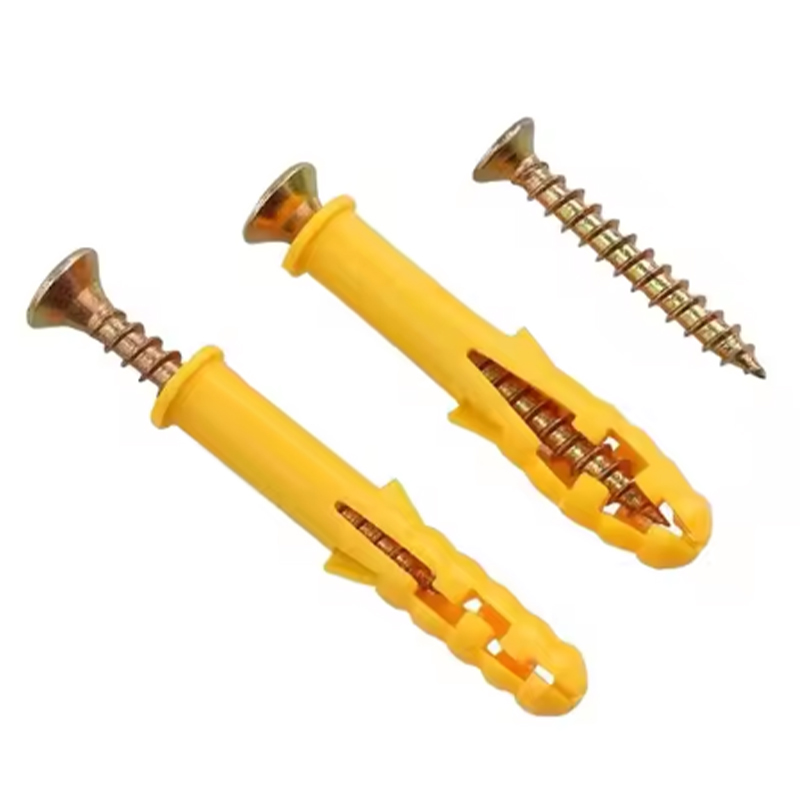

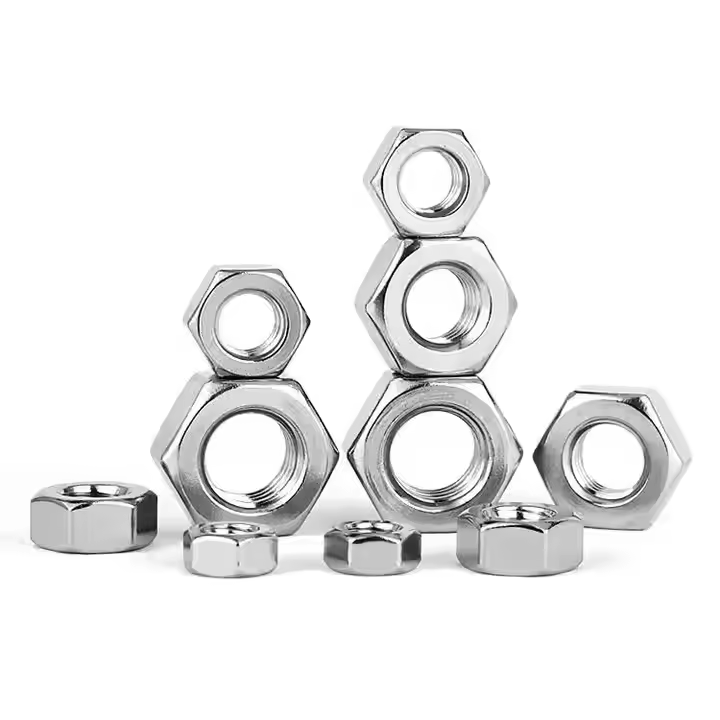
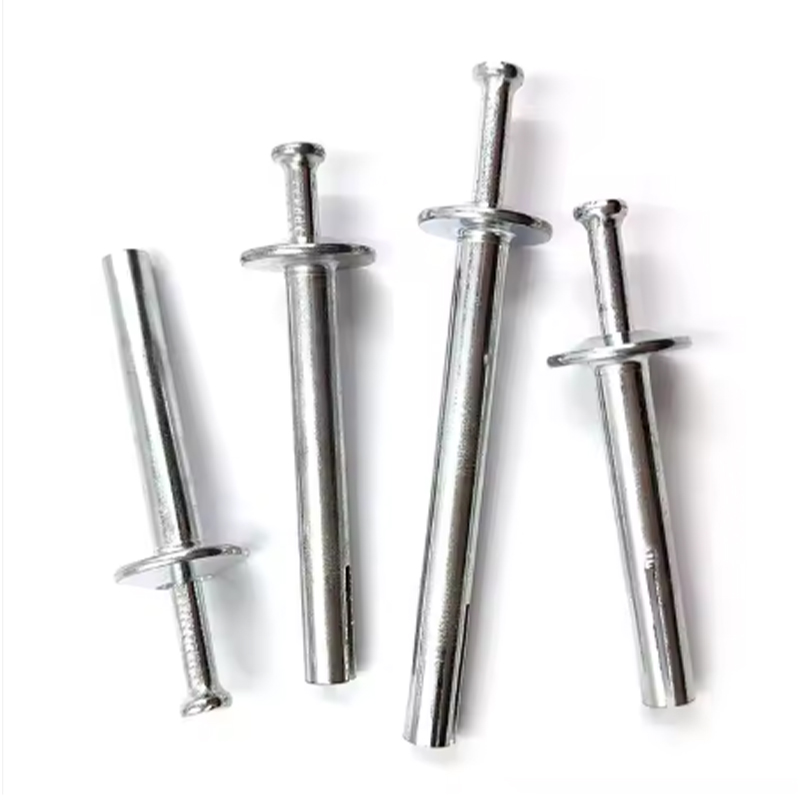
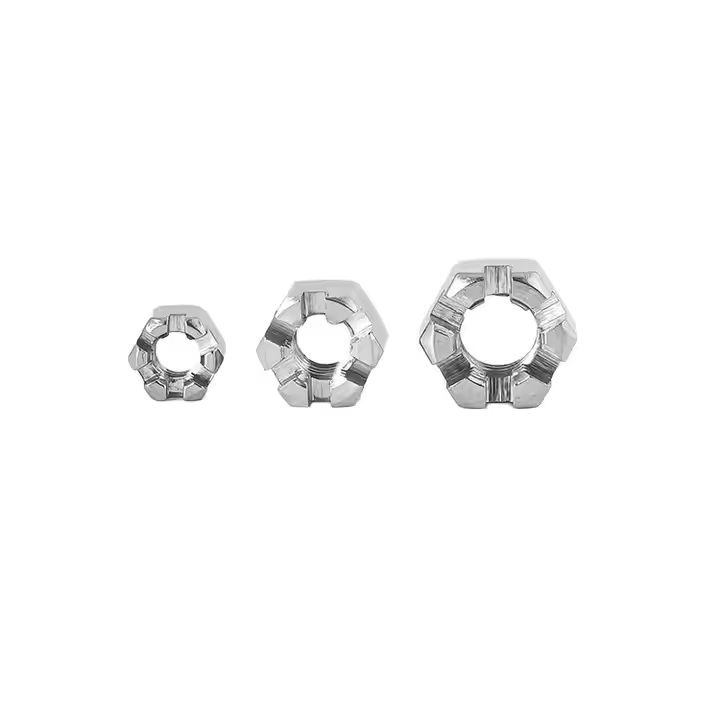
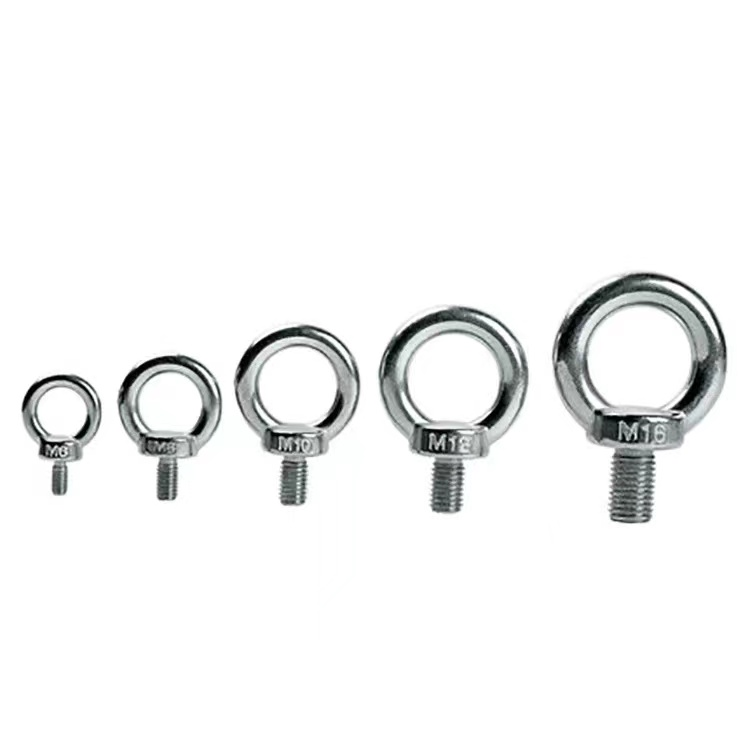
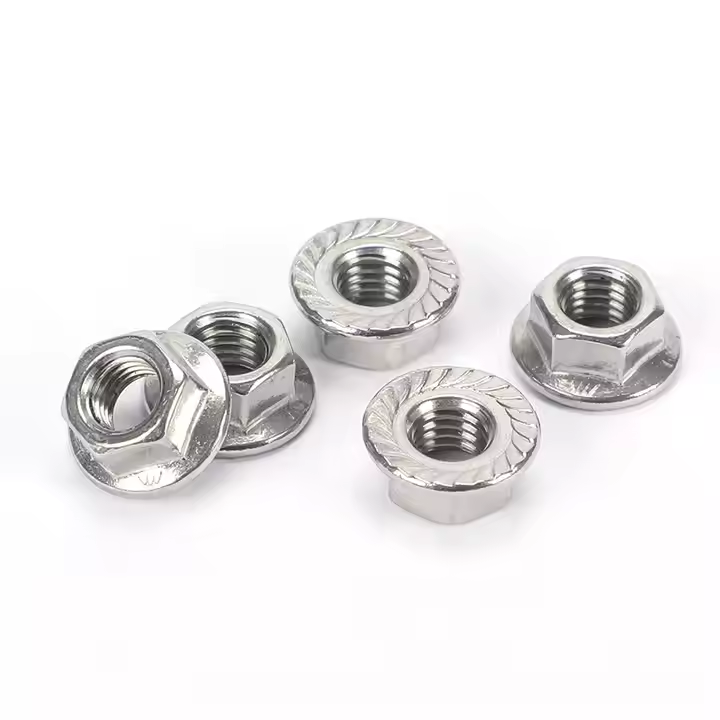
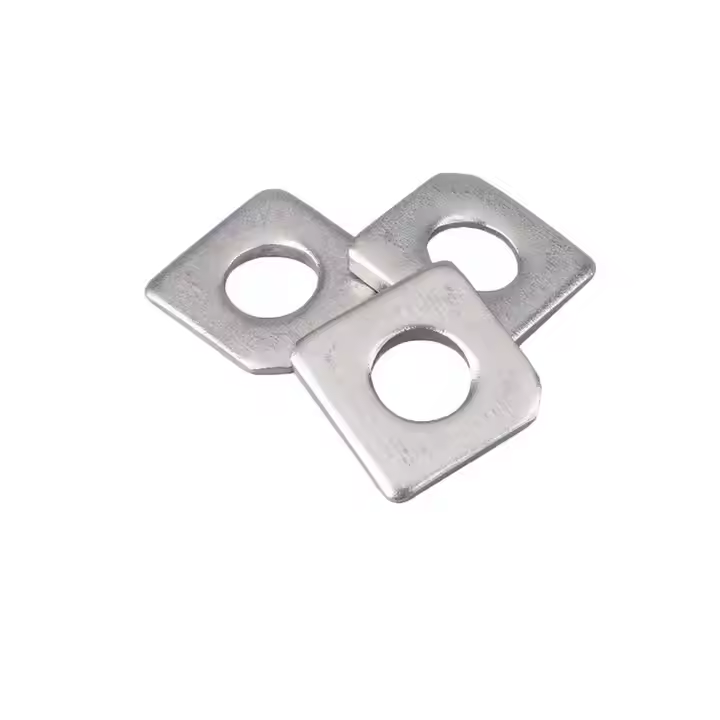
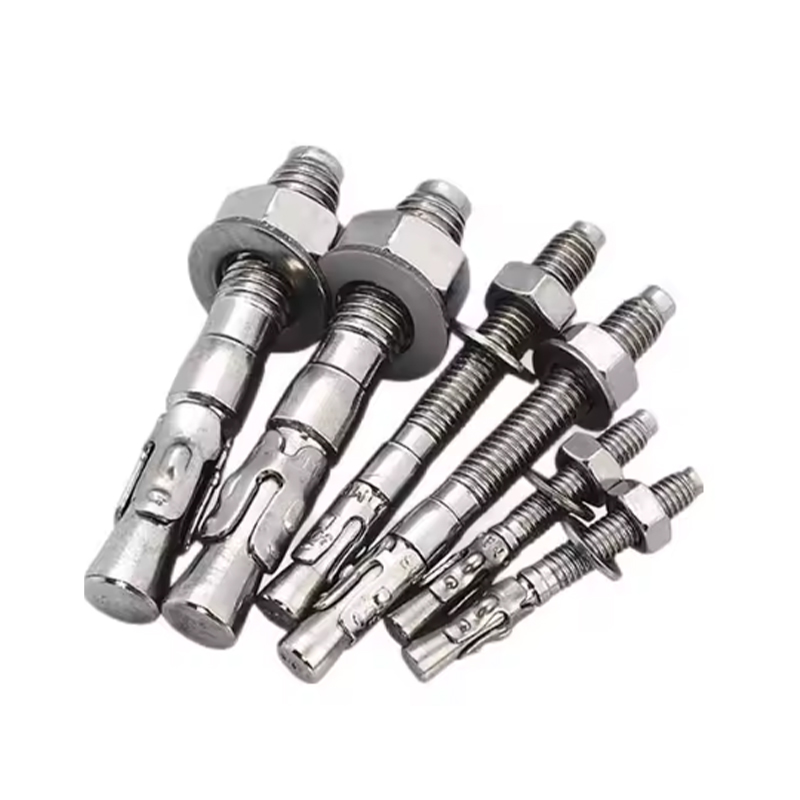
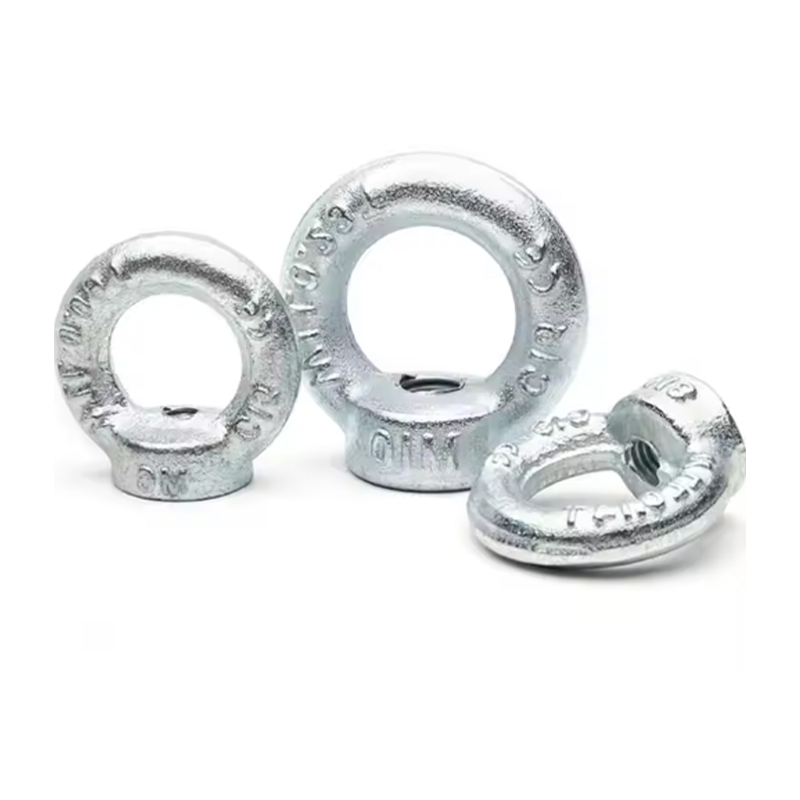
Please enter your email address and we will reply to your email.